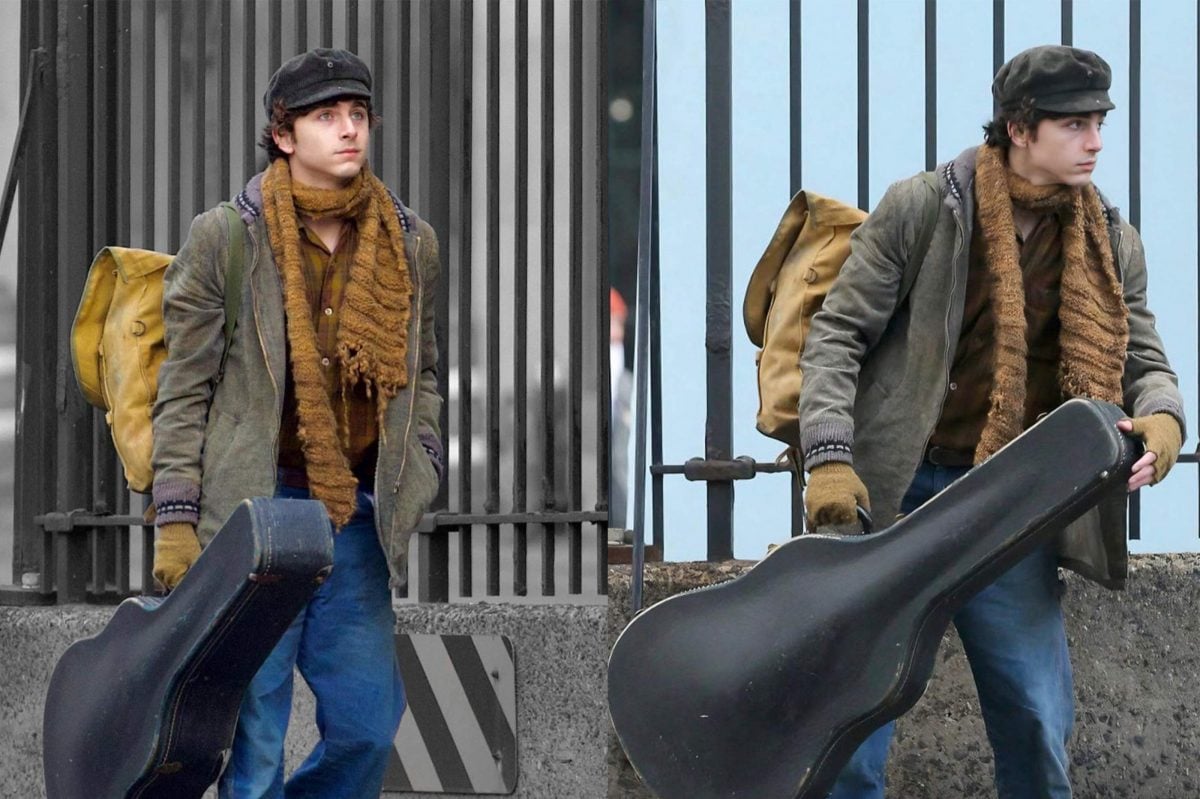
It's been decided. We've been wearing hot pink for long enough. And while we've adored every minute of seeing Greta Gerwig, Margot Robbie and the rest of the Barbie movie cast complete their global Mattel take-over and join the billion-dollar movie club, we're already looking to the horizon – searching for what's next. You might have heard about the new Polly Pocket film that Lena Dunham and Lily Collins are making, but we're diving deeper into the toy doll lore… we're talking about the early 2000s phenom that was Bratz.
We're sensing a resurrection of the fad on the horizon, and in preparation for that moment, we decided to give you a quick Bratz doll history lesson, and fill you in on their cultural and aesthetic significance.
Where did Bratz come from?
View this post on Instagram
Bratz, founded in 2001, was the brainchild of an ex-Mattel employee called Carter Bryant. Bryant had been a clothing designer for Barbie when he conceived of Bratz, ultimately selling the idea to Mattel's competitor MGA Entertainment. CEO Isaac Larian initially says he thought they looked “ugly”, but the venture would go on to become the corporation's most successful toy. What changed his mind? Larian’s 11-year-old daughter, Jasmin, said she thought the dolls were "cute” and he invested in the dolls based on his daughter’s reaction alone.
The four original Bratz Pack dolls – Jade, Cloe, Yasmin and Sasha – were fashion-savvy and sophisticated (Jasmin Larian inspiring the doll name 'Yasmin'). Within their first five years on shelves, the dolls grossed more than $2 billion in sales.
What set Bratz apart?
View this post on Instagram
If Barbie was beautiful, then Bratz were cool. Cloe, Sasha, Yasmin and Jade were the aesthetic and fashionable pinnacle of the doll world; their cartoonish, edgy and hyper-feminine looks well ahead of their time. They displayed a level of self-expression through makeup and clothing previously untapped – we never saw Barbie or Polly in in go-go boots and leopard print tube tops.
Why was the doll controversial?
View this post on Instagram
Bratz entered the market breaking a lot of unspoken roles when it came to makeup and fashion: accessories were bedazzled, low-rise jeans and velour tracksuits were donned, they had (br)attitude and eyeshadow. They were the kind of girls that pre-teens actually aspired to be – the cool older sister trope. For many, they were likened to 'streetwalkers'. Mattel allegedly even paid the National Association of Psychology to do a report that Bratz are bad for kids.
They were also one of the few dolls on the market that were racially diverse. When first introduced to the market, they were called the Bratz Pack – four best friends all sold together. Larger retailers campaigned to only buy Chloe, the white doll.
The Bratz resurrection
View this post on Instagram
Bratz have been enjoying a resurgence as of late, in part due to the success of the recent Barbie film, and in part due to the trend cycle of late, which has been once again favouring the blinged-out Y2K fashions that Bratz dolls first modelled for us in our adolescence.
Despite their dwindling sales after a failed 2015 rebrand, the doll has had something of a comeback as of 2021, the #BratzChallenge spreading across the internet like wildfire. The makeup challenge that had everyone attempting to recreate the 2000s-era Bratz look was a viral phenomenon.



